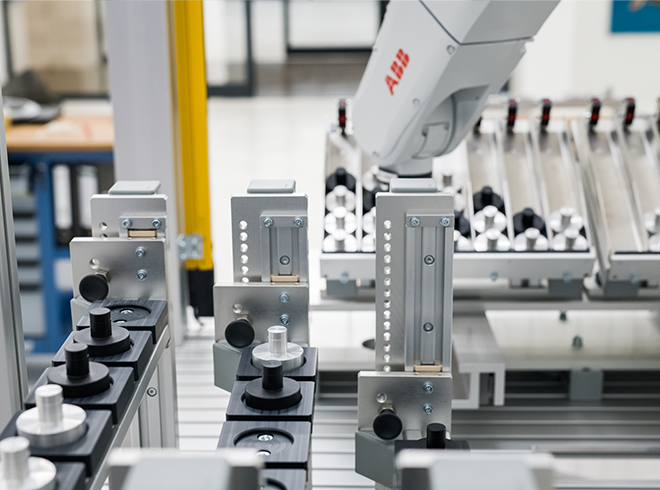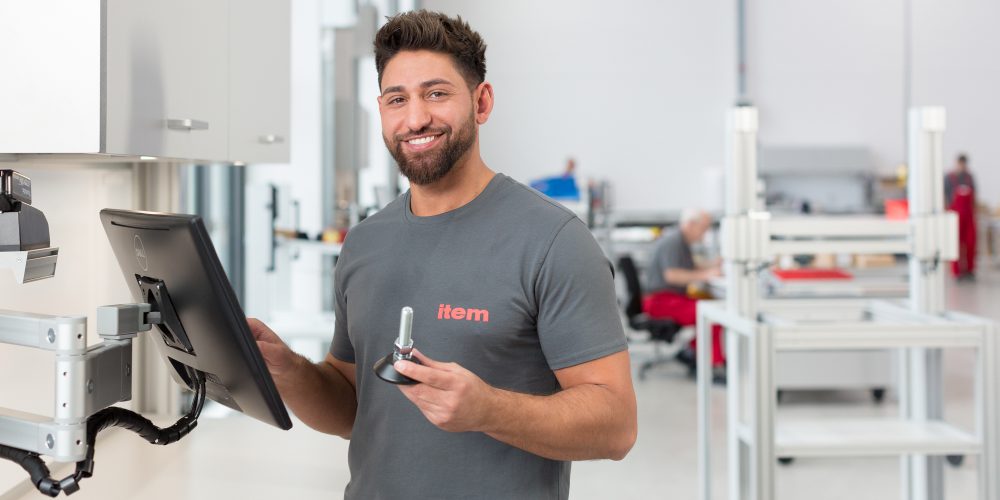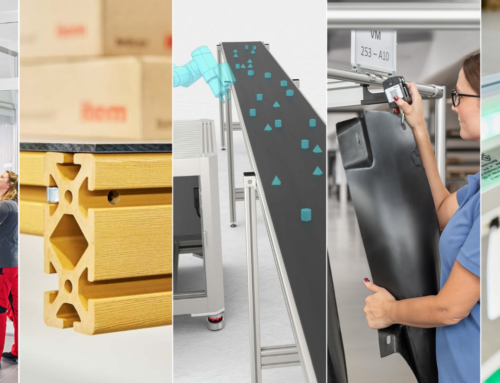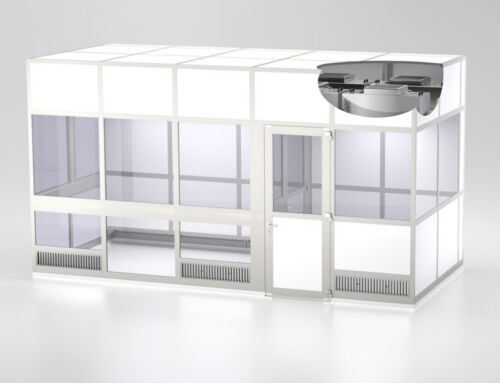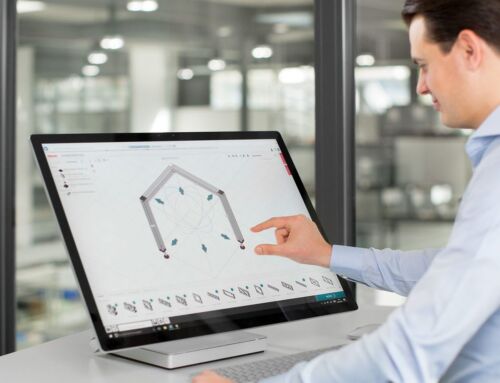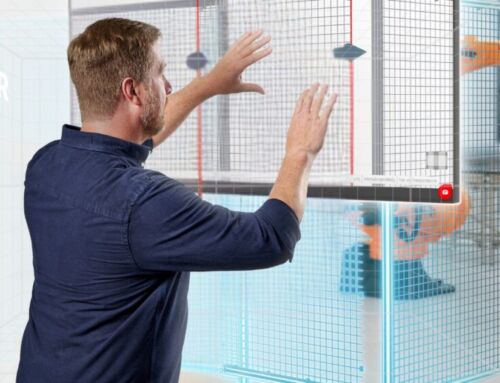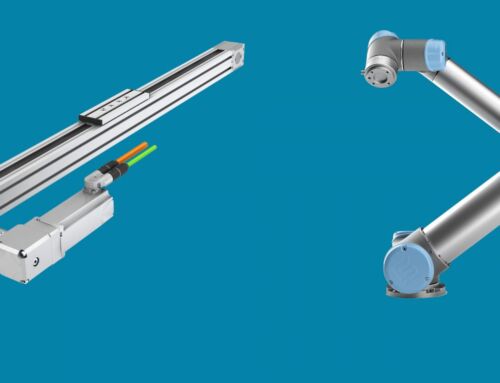Robots have all kinds of advantages in industry. Amongst other things, they enable the automated production of small batch sizes, ease the strain on staff, improve quality standards, and boost customer satisfaction.
Despite the numerous advantages of robots, many industrial companies totally ignore robotics when it comes to finding a straightforward, cost-effective solution to a specific problem. In most cases, this is because it’s comparatively hard to get started when using conventional industrial robots, especially with regard to programming. State-of-the-art lightweight robots, on the other hand, are a far more beginner-friendly solution and are even more flexible in certain respects. The compromises associated with lightweight construction in terms of load-carrying capacity and speed are negligible for many applications and, much of the time, the robots’ versatility makes up for this – not least because lightweight robots also open up the advantages of robots in industry to small and medium-sized businesses.
 Interested in learning more?
Interested in learning more?
Download the free item Whitepaper!
.Lightweight Robots as Enablers and Night Shift Workers

With the right base structure, [lightweight] robots can realize their full potential – from collaborative work benches and partially enclosed cabins all the way to mobile robot islands for operations such as machine loading.
Robots offer many advantages in industry – from taking the strain to boosting customer satisfaction
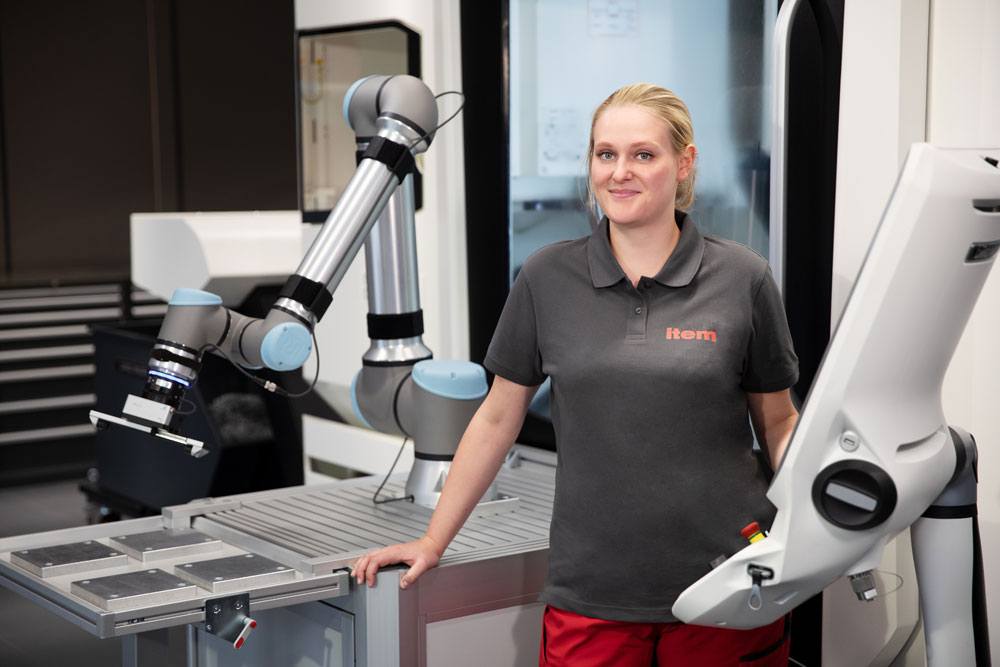
Staff need to be on board to be able to make full use of the advantages of robots in industry, so it’s important to involve them early on when integrating robotics.
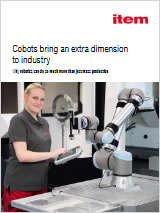 Interested in learning more?
Interested in learning more?